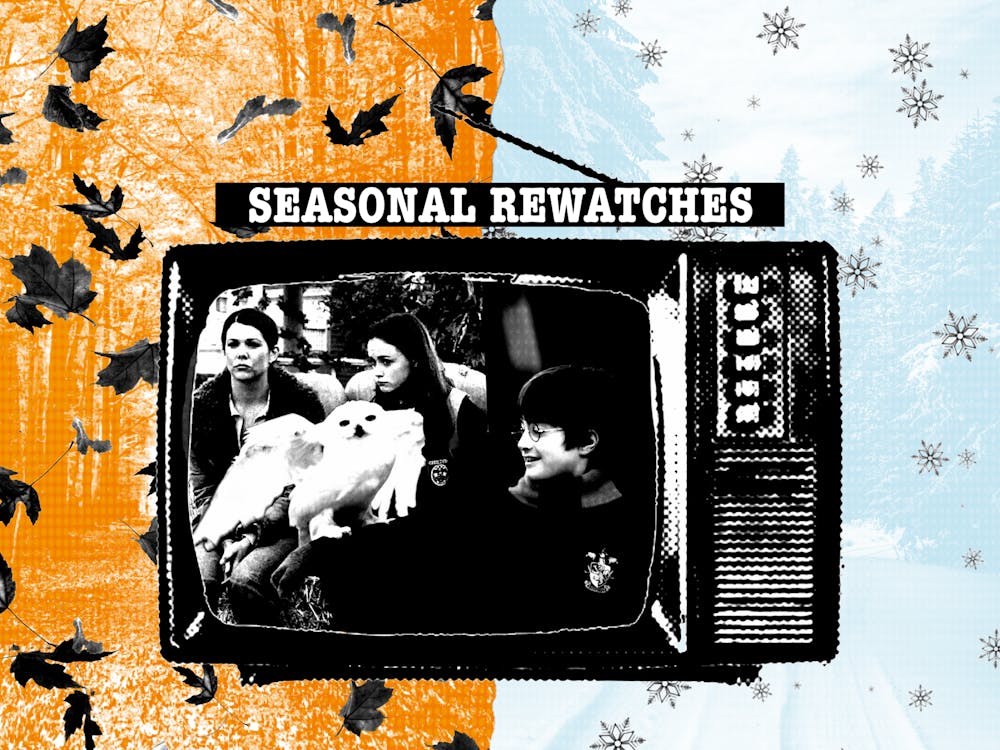Spoilers ahead for the entirety of the “RuPaul’s Drag Race” franchise.
RuPaul is a drag titan.
With several studio albums, various pieces of apparel, books, chocolate bars and even a Chia Pet, RuPaul is the face of the drag industry — which is no surprise given that his reality show has remained on air since 2009.
The “RuPaul’s Drag Race” franchise has been a smash hit, and if you don’t believe me, just take a look at the many spin offs: “RuPaul’s Drag Race Down Under,” “RuPaul’s Drag Race: UK vs The World,” “RuPaul’s Drag Race All Stars” and more.
It has also allowed for events such as “RuPaul’s DragCon LA,” “RuPaul’s DragCon NYC” and “RuPaul’s DragCon UK” to take place.
RuPaul’s empire is growing, and it doesn’t seem to be stopping any time soon.
The show’s 15th season premiered on Jan. 10. As someone who spent her entire winter break – and now spring semester – rewatching the series, I couldn’t help but notice how much has changed.
In order to understand the evolution of “Drag Race,” we’ve got to go back to season one, which had a significantly lower budget. In fact, it’s become a bit of a joke within the fandom for its obnoxiously bright, low quality filter, which would not return for future seasons.
Only nine queens competed in season one, with Bebe Zahara Benet emerging victorious as the first winner of “RuPaul’s Drag Race.” Since then, contestant numbers have increased and now fluctuate between 12-16.
Other changes the show has undergone include improvements to the Werk Room, where queens get in and out of drag, and the main stage, where queens lip sync and show off their runway outfits. The judges panel has also experienced several changes, with RuPaul and Michelle Visage being the only consistent judges since season three.
But perhaps one of the most important developments to come of “Drag Race” is the way it’s helped bring drag and queer representation into the mainstream.
Drag has existed for centuries, but it wasn’t until the premiere of “RuPaul’s Drag Race” that the art form was truly brought to the public’s eye. In this way, “Drag Race” was revolutionary: it gave everyone with cable access to drag.
Enjoy what you're reading?
Signup for our newsletter
Sure, there were pieces of media that featured drag such as “The Rocky Horror Picture Show” and “Pink Flamingos,” but those were films people had to actively seek out (and cult films that were not popular when they came out). The same goes for drag shows.
“Drag Race” was on people’s TVs, in their homes. It wasn’t something that needed to be sought out, and as the series progressed, it gained an enormous following and critical acclaim, including 12 Emmys.
In addition to pioneering queer representation on TV, “Drag Race” has also brought transgender representation to light. It’s important to note this wasn’t always the case, though. Originally, transgender contestants weren’t cast. Earlier seasons also used offensive, transphobic language.
Luckily, “Drag Race’s” treatment toward transgender individuals has improved, in large part thanks to Peppermint, the show’s first openly trans contestant. Peppermint advocated for “Drag Race” to become more trans inclusive during her time on season nine. Now, the show has had several trans contestants including Kerri Colby, Sasha Colby, Gigi Goode and more.
In its 13th season, “Drag Race” welcomed Gottmik, the show’s first openly trans man to compete.
“Drag Race” eliminated the transphobic language that was previously used, and it now gives trans contestants a platform to bring awareness to their transitions and struggles. The inclusion of transgender contestants has even encouraged other queens, such as Jasmine Kennedie and Bosco, to come out as well.
RuPaul is perhaps the most popular drag queen of all time, but “Drag Race” has allowed for several other queens to establish a name for themselves and launched them into stardom. Some of my favorite drag superstars to emerge from the show are Trixie Mattel, Katya Zamolodchikova, BenDeLaCreme, Bianca Del Rio, Symone, Shangela, Jinkx Monsoon and more.
Trixie Mattel now has her own makeup brand, Trixie Cosmetics. She’s recorded four studio albums, starred in a documentary and runs the Trixie Motel. Mattel hosts a popular podcast and webshow with Katya Zamolodchikova; the two have even published books together and are currently touring.
BenDeLaCreme and Jinkx Monsoon are also touring together. The duo has starred in “The Jinkx & DeLa Holiday Special,” a film released in 2020.
Shangela has become a well-known DJ and singer. You may recognize her song “They Call Me Laquifa,” which appeared in “Dance Moms” and has since become popular on TikTok. Shangela was also the first drag queen to compete on “Dancing With the Stars” in the U.S.
These are only a few success stories to come from “Drag Race.” Each and every success is exciting, though, because we’re now seeing significantly more drag queens in the mainstream.
Queer and trans people are getting the representation they deserve.
I can’t wait to see how “Drag Race” will continue to evolve in future seasons. Let’s face it, the series isn’t ending any time soon. With a cinematic universe comparable to (and better than) Marvel, the “Drag Race” franchise is here to shantay and stay.




